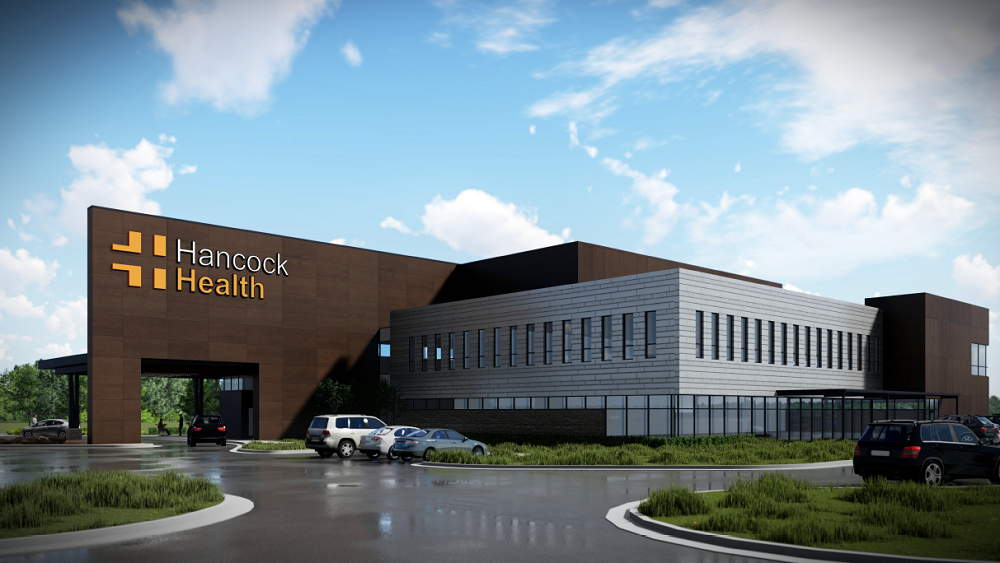By Joan Engebretson
Nearly 20 years ago, Indiana’s Hancock Health saw broadband connectivity as key to providing health care by opening new clinics in small rural towns that lacked a local health care facility. At that time, Hancock Telecom—now NineStar Connect (Greenfield, Ind.)—was looking to bring high-speed broadband to some of the same communities, most of which were outside Hancock Telecom’s local service territory. Executives from the two companies met for lunch one day and “literally scribbled on a napkin” a plan for Hancock Telecom to extend its fiber network into one of the towns Hancock Health wanted to serve, Mike Burrow, president and CEO of NineStar Connect recently explained.
With that connection, Hancock Health was able to staff a clinic with a nurse practitioner, who could exchange patient records with doctors at the hospital operated by Hancock Health. The connection also supported videoconferencing, enabling a doctor to remotely diagnose certain conditions. For Hancock Telecom, the clinic acted as an anchor institution, enabling the telecom provider to build a business case around deploying middle-mile and, ultimately, last-mile connectivity to the community.
Over the years, Hancock Health and Hancock Telecom/NineStar Connect have made similar deals that have enabled Hancock Health to expand health care services to small rural towns and helped NineStar to deploy high-speed broadband as a competitive local exchange carrier in the same towns.
“It would have been hard to justify” the investment in most of these towns without having Hancock Health as an anchor tenant, Burrows said.
More recently, NineStar Connect received a $2 million low-interest loan and $300,000 grant through the U.S. Department of Agriculture Rural Economic Development Loan and Grant Program (REDLG), a unique program open to utility cooperatives. What makes the program unique is that it enables cooperatives to act as lenders to businesses in their local communities. In NineStar’s case, the money will be loaned to Hancock Health to buy equipment for a new facility under construction and which will be connected to the NineStar high-speed fiber network.
NineStar Connect is itself a rather unique company formed through the 2011 merger of Hancock Telecom and Central Indiana Power. Burrow said NineStar heard about the REDLG program at an event targeting rural electric cooperatives and decided to apply.
“We applied as a rural telecom cooperative because that’s how we’re legally structured and USDA told us it was the first money they had lent to a rural telecom cooperative in about 10 years,” Burrow said.
As Burrow explains, Hancock Health will pay back the $2.3 million it is borrowing to NineStar, which will pay $2 million of it back to USDA. The other $300,000 will remain with NineStar as the company continues to extend loans to other local businesses for economic development.
Meanwhile, Hancock Health continues to find more ways to use high-speed broadband connectivity. Steve Long, president and CEO of Hancock Health, notes that its hospital has two radiologists on staff who can transmit patient images to radiology specialists in Indianapolis and consult with those specialists on treatment options.
Long believes Hancock Health and NineStar have been able to work well together because they both have strong local roots and a strong focus on serving the local community.
“We are two of the largest locally owned and operated companies in the county and we both feel we have an obligation to give back to the community,” Long said.


